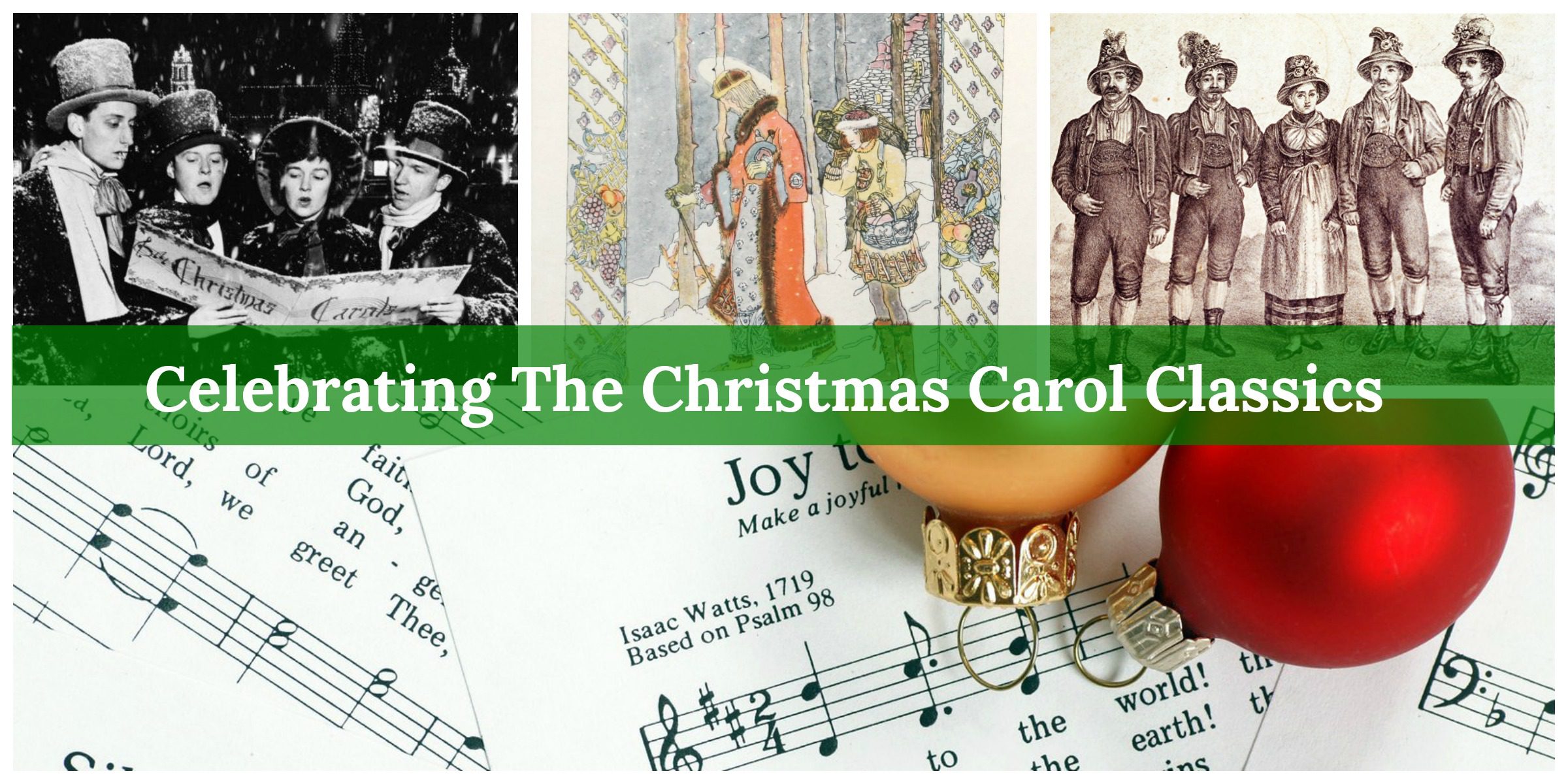
These sometimes ancient Christmas jingles have fascinating origins that have made them timeless classics. Here are some facts you can throw around at your next Christmas party.
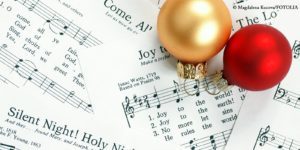
Image courtesy tms.edu
Though well-known tunes we associate with the Christmas holiday season may put us in a festive spirit, many have surprisingly non-Christmas origins. In fact, according to whychristmas.com, carols originated as pagan songs and dances sung thousands of years ago. The word carol actually means a dance of praise and joy. Early Christians replaced pagan holidays with their own. When they changed the Winter Solstice celebration to the Christmas holiday they kept the tradition of singing carols as well, albeit with Christian themes.
Few of the earliest Christian hymns were sung outside the churches because they were written in Latin, but over time they became popular as folk songs or folk dances and often sung in pubs.
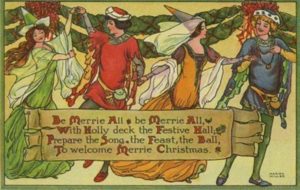
Image courtesy Ancient Origins
BBC.com tells us that Edward White Benson, the Bishop of Truro Diocese, decided to move the carols from the pubs to the church. In 1880, he did so by inventing the carol service. Since most of the carols began as folk songs a lot of the lyrics don’t make sense. Why, for example, would we sing, “I see three ships come sailing in / On Christmas Day in the morning.” And how did they intend to sail into Bethlehem, which is landlocked?
In the 18th and 19th centuries composers began to collect and rewrite the folk songs. The earliest words to these were often still awkward, so other versions appeared at times. For example, the co-founder of Methodism Charles Wesley wrote a carol that began:
“Hark how all the welkin rings,
Glory to the King of Kings,
Peace on earth and mercy mild,
God and sinners reconciled.”
That version lasted for 20 years until a preacher named George Whitefield changed the first two lines to, “Hark the herald angels sing / Glory to the new-born King!” Though every hymnal still insists the words were written by Wesley and the tune by Mendelssohn.
Not that Mendelssohn wrote the song with a carol in mind. He wrote it to honor Gutenberg’s invention of the printing press precisely 400 years before. Realizing that once the anniversary passed the song would need new words, he stated in a letter that new words could be written as long as they weren’t religious. A few years after he died, someone decided the tune would go well with Hark the Herald Angels Sing.
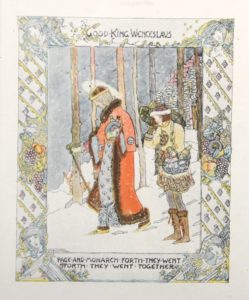
Image courtesy Antiques Atlas
Though Good King Wenceslas did indeed live, he was neither a king nor called Wenceslas. His name was Vaclav and he was the Duke of Bohemia in the 10th century. His father having died when he was young, he was raised by two women who were bitter enemies — his pagan mother and his Christian paternal grandmother. His mother solved the problem of having a troublesome mother-in-law by having her assassinated. When Vaclav came of age, he dealt with his overbearing mother by exiling her.
Thereafter, Vaclav began his work of aiding the poor, especially at night. He went around to the churches, giving alms to widows, orphans, those in prisons and people with afflictions of various sorts. He became known as “the father of all the wretched.”
Unfortunately for Vaclav, he wasn’t as good about watching out for himself as he was others. He had a younger brother called Boleslaus the Cruel. A brother named that should’ve warned him to watch his back. But he didn’t. In 935, Boleslaus and some henchmen assassinated Vaclav. During Boleslau’s reign, the Bohemians looked back fondly on the days of Vaclav’s rule. He was soon declared a saint and Emporer Otto the Great posthumously made him king.
Some 800 years later, an Englishman named John Mason Neale learned of a Finnish song with a lively tune about the approach of spring. He also somehow heard about the Bohemian saint. No one knows how he could have heard about the two unrelated items, both so obscure in England, let alone put them together, but in 1853 he combined them to create the carol.
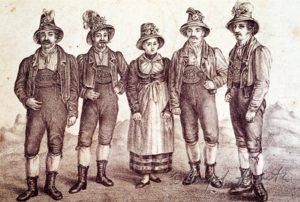
Image courtesy Manfred Horvath
Some carols come to English from German. Apparently, the world’s most popular Christmas carol, Silent Night (In German, Stille Nacht), was first performed in Austria on Christmas Eve 1818. Franz Xaver Gruber composed the melody and pastor Josef Franz Mohr wrote the words. The first known performance in the US took place in the Trinity Church in New York in 1839. The Rainer family singers from Austria sang it in German. An English version was not published for another 24 years.
A Leipzig organist named Ernst Anschutz penned the modern version of O Tannenbaum in 1824. But the first known version of the lyrics date back to 1550. Incidentally, Tannenbaum means fir tree in German, the most common tree to be decorated for Christmas in that day. The German word for Christmas tree in German is Weihnachtsbaum. No wonder they used Tannenbaum instead of Weihnachtsbaum for the song, huh?
Of course, not all carols come from England and Germany.
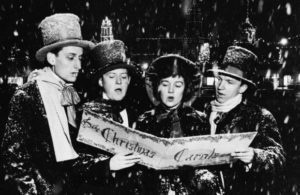
Image courtesy razmatazmag.com
Even some that sound like they came from England didn’t. Like Away in a Manger, O Little Town of Bethlehem and We Three Kings. They’re all American. We even link some songs that don’t even mention Christmas to the holiday such as Ding Dong Merrily on High, Jingle Bells (also American) and the one about Saint Wenceslas.
Somehow all these wonderful, colorful carols work for the season. Maybe the sense of sharing and feeling of peace they instill in us does the trick.
Or maybe it’s the Christmas toddy.